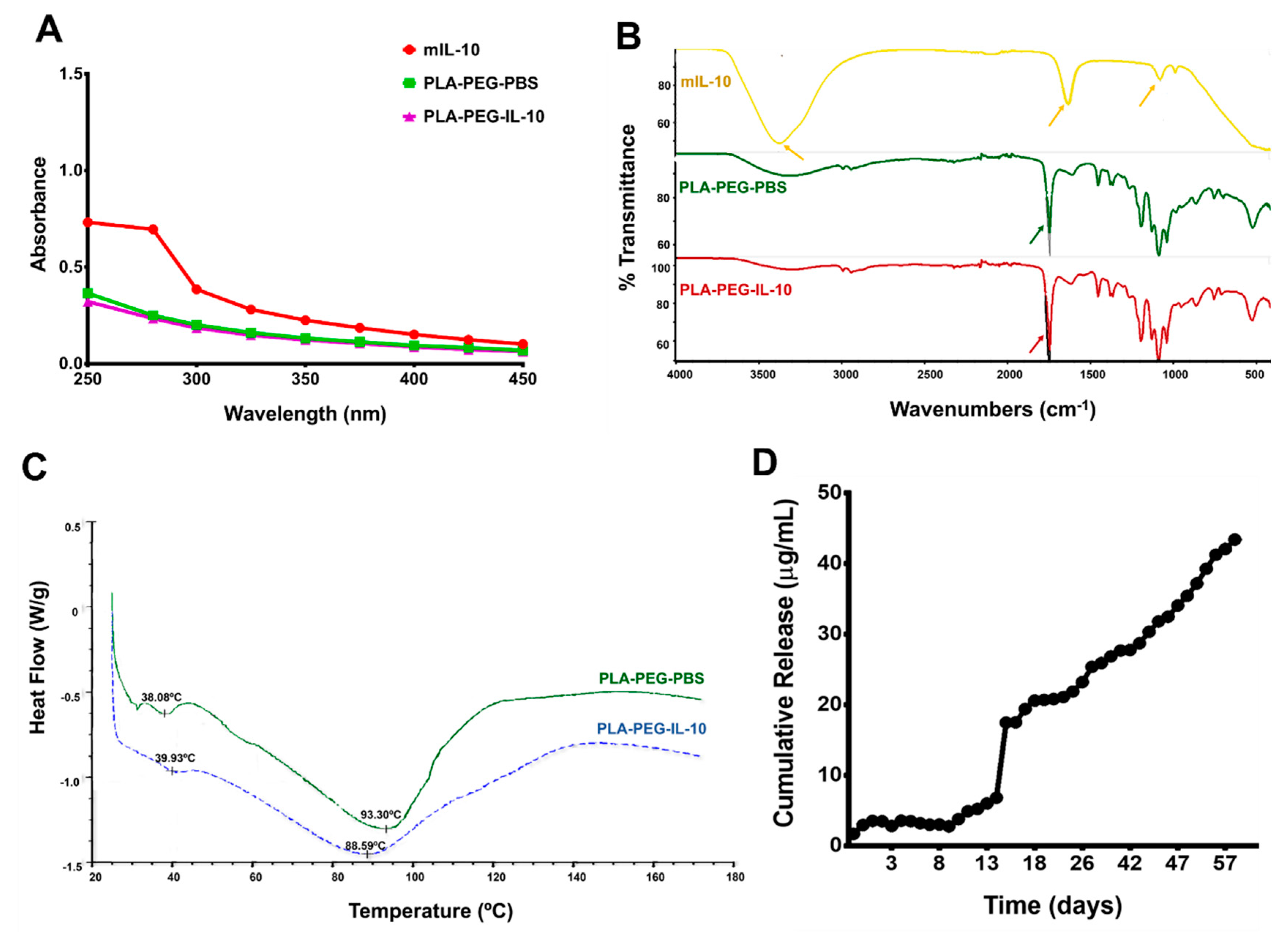
PLA-PEG Microspheres: Modular Building Blocks for Tissue Regeneration
In the field of tissue engineering, one of the primary challenges is to provide damaged tissues with an environment that not only supports cell growth but also promotes functional recovery. Traditional scaffold materials, while offering a certain level of structural support, often fall short in terms of biocompatibility, degradation rate, and functional versatility. In recent years, PLA-PEG microspheres have emerged as a new class of biomaterials, attracting significant attention due to their outstanding properties, and have become a research hotspot in tissue engineering.
PLA (polylactic acid) is a biodegradable polymer widely applied in medical devices and drug delivery systems. PEG (polyethylene glycol), on the other hand, is known for its excellent biocompatibility and low immunogenicity, and is often used for surface modification of drug carriers. The combination of PLA and PEG to form PLA-PEG microspheres not only preserves the biodegradability of PLA but also imparts superior biocompatibility and more controllable degradation rates. These features make PLA-PEG microspheres uniquely advantageous as both cell carriers and drug delivery systems in tissue engineering.
At this stage, we can provide drug modification services for microspheres, tailoring the surface modification according to the molecular characteristics of different drugs. This ensures drug stability and targeting during delivery, supplying high-quality carriers for downstream research.
In tissue engineering, the surface properties of scaffolding materials directly influence cell adhesion, proliferation, and differentiation. Studies have shown that PLA-PEG microspheres possess an appropriate level of hydrophilicity, which promotes cell adhesion and growth. By adjusting the molecular weight and ratio of PEG, the surface properties of the microspheres can be further optimized, improving compatibility with various cell types. For instance, research has demonstrated that PLA-PEG microspheres effectively support the growth of osteoblasts and chondrocytes, offering new insights for bone and cartilage tissue repair.
For this application, we provide drug encapsulation services, allowing growth factors, cytokines, or small-molecule drugs to be uniformly loaded into the microspheres. Controlled release from these carriers enhances the cell proliferation environment and supplies reliable tools for tissue engineering experiments.
In tissue repair, delivering appropriate growth factors and drugs is just as important as providing structural scaffolds. PLA-PEG microspheres can encapsulate these bioactive molecules and, through adjustments in their structure and composition, achieve sustained release. This property not only prolongs drug activity but also prevents rapid degradation or clearance, ultimately improving therapeutic efficacy. For example, researchers have successfully encapsulated bone morphogenetic proteins (BMPs) in PLA-PEG microspheres to promote bone regeneration.
At this stage, we can also provide antibody conjugation services, enabling functional antibodies to be precisely anchored on the microsphere surface. This allows for targeted recognition and delivery, offering actionable strategies for tissue repair and targeted therapy experiments.
When combined with other materials, such as gelatin or sodium alginate, PLA-PEG microspheres can be used to build three-dimensional composite scaffolds. These scaffolds not only provide the structural support required for cell growth but also mimic the microenvironment of the natural extracellular matrix, thereby enhancing cellular functionality. With the aid of 3D printing technologies, the pore architecture and morphology of scaffolds can be precisely controlled, paving the way for personalized tissue repair solutions.
In scaffold and composite material development, we also provide pilot-scale production and GMP-level manufacturing services, ensuring a smooth transition from laboratory preparation to large-scale application while meeting the needs of preclinical studies and industrial R&D
With the advancement of technology, the applications of PLA-PEG microspheres in tissue engineering are expected to expand even further. In the future, coupled with 3D printing technologies, PLA-PEG microspheres could be customized to construct individualized scaffold structures tailored to specific patient needs, enabling precision tissue repair. Additionally, intelligent drug release systems will allow drugs to adjust their release rates in response to the physiological environment, further enhancing therapeutic outcomes.
As a multifunctional biomaterial, PLA-PEG microspheres demonstrate tremendous potential in the field of tissue engineering. Through continuous research and innovation, these microspheres are poised to become a vital tool in regenerative medicine, delivering more effective treatment outcomes and improved therapeutic experiences for patients.